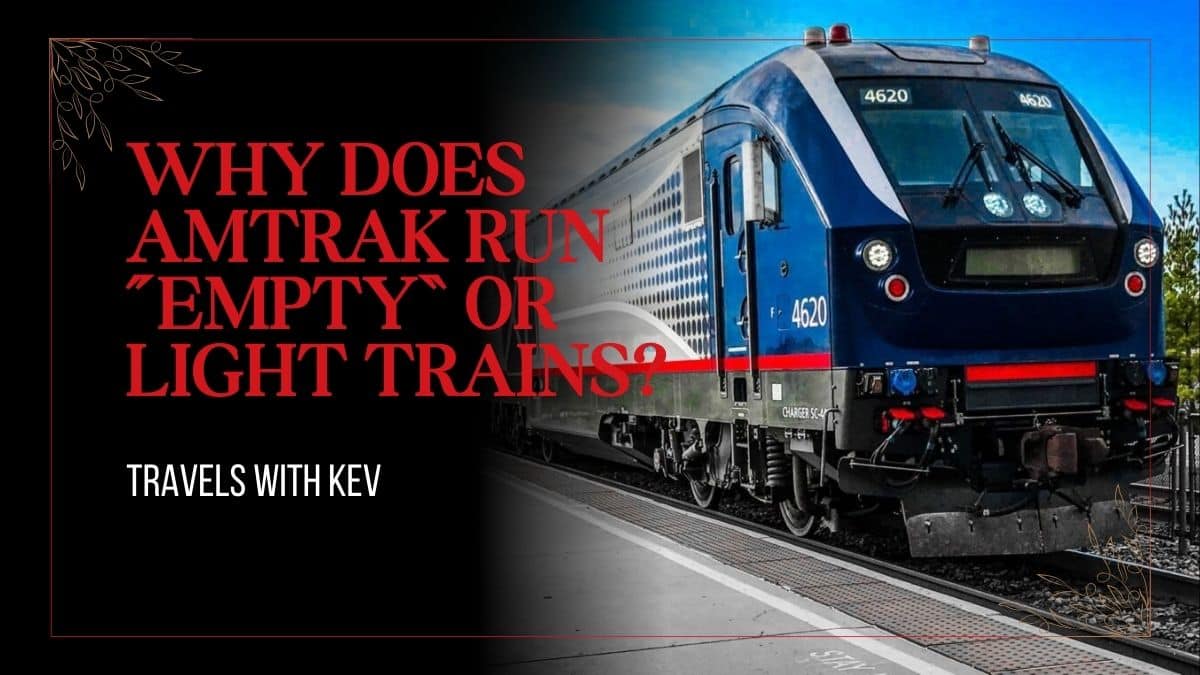Have you ever seen a passing Amtrak train and thought, “Why is it so empty?” Maybe you’ve even found yourself on a nearly deserted train, wondering if it’s worth operating. At first glance, these lightly used trains might seem like a waste of money and resources, but appearances can be deceiving.
Running a nearly empty train isn’t just an Amtrak practice. Regional systems, such as Chicago’s Metra, Philadelphia’s SEPTA, and California’s Caltrain, also operate trains with few passengers during off-peak hours or as part of equipment positioning. These trains may appear underutilized, but they are essential for maintaining the rail network’s smooth and reliable operation.
During a recent trip on the Hiawatha, I had an entire car to myself. As the train approached the Sturtevant station, I glanced through the windows and saw how empty it was. I knew I’d have my pick of window seats. This experience made me reflect on how these “empty” trains serve a greater purpose than what meets the eye.
From commuter schedules to strategic train positioning, these lightly used trains are the hidden heroes of rail travel. They’re essential for meeting demand and ensuring reliable service. Let’s explore the fascinating logistics behind these trains and uncover why they’re anything but a waste.
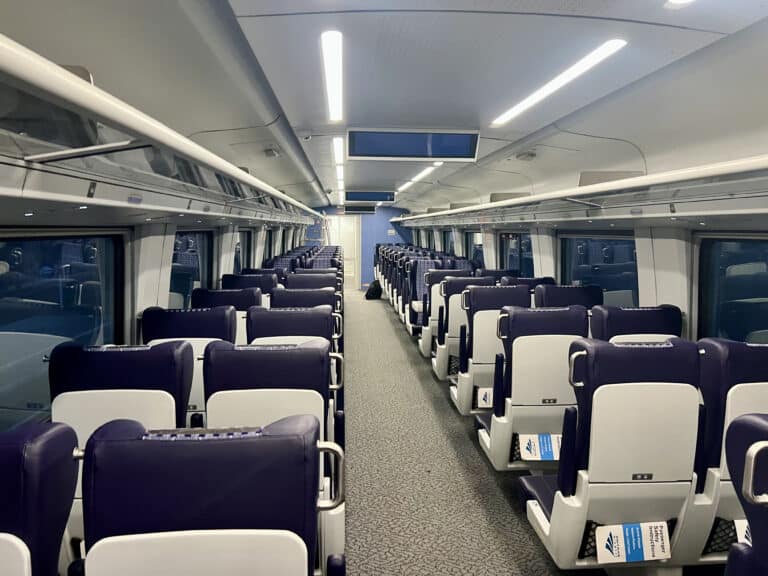
The reason behind “empty” trains
Amtrak’s system relies heavily on strategically positioning its equipment to meet passenger demand throughout the day because trains don’t just appear out of thin air. Equipment positioning, which involves getting equipment where it belongs, often requires running trains with few or no passengers to ensure they’re in the right place at the right time.
The Case of the Hiawatha
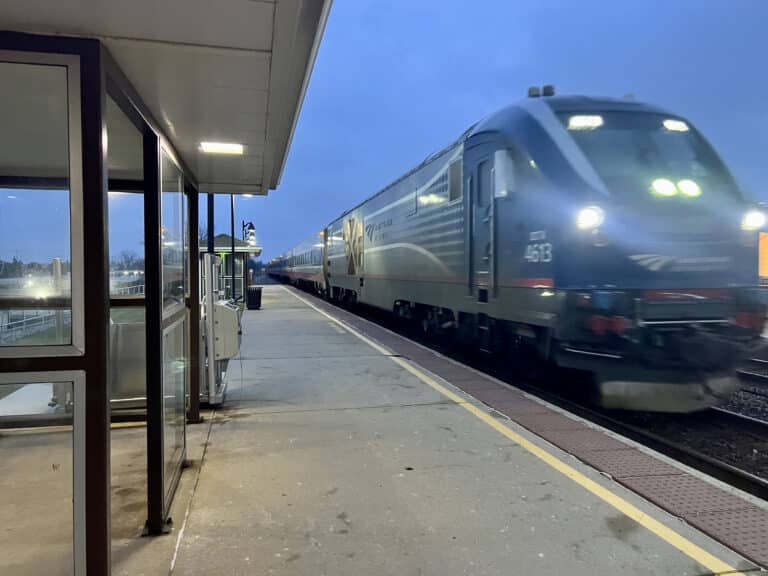
Before introducing the Borealis route, the Hiawatha operated with two train sets. The two ensured that a train was always available in Milwaukee or Chicago, or it was traveling between the two.
For example, the first two southbound Hiawatha trains out of Milwaukee each morning are typically busy with commuters heading to Chicago. Amtrak must position a train set in Milwaukee overnight to meet this demand. However, another train set needs to arrive in Milwaukee in time to operate the second departure of the day.
Amtrak runs an early northbound train from Chicago to Milwaukee, becoming the second southbound train of the day. I took this train, and it inspired this post.
Few passengers ride it because there’s little demand for arrivals in Milwaukee before 7:39 a.m. However, the 8:05 a.m. southbound departure—a critical train for Chicago-bound commuters—wouldn’t be possible without that earlier train service. This example illustrates how even lightly used trains are crucial for meeting passenger needs and ensuring the system’s reliability.
The Case of the Valley Flyer
Peter, a Patreon supporter, shared a great example of this with the Valley Flyer in Massachusetts. Train #499, a weekend deadhead from Greenfield to Springfield, often runs nearly empty—more about deadheading in the next section.
Peter mentioned that he’d ridden this train twice, with only two passengers on board. While this train might seem egregiously underutilized, it’s critical to ensuring service reliability for the rest of the Valley Flyer’s schedule.
There are a few other Valley Flyer trains with low ridership, but this one highlights the importance of equipment positioning in maintaining a smooth system operation.
Regional Train Examples
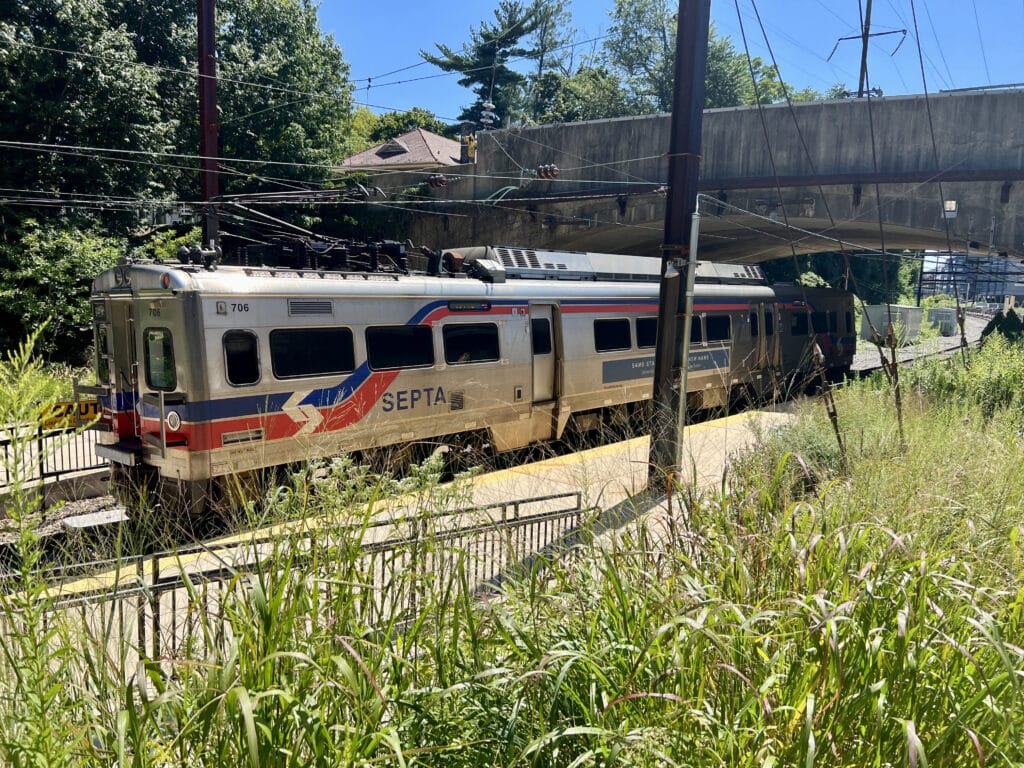
This situation isn’t just something you see with Amtrak!
Numerous regional and commuter rail systems, including Metra in Chicago, SEPTA in Philadelphia, and Caltrain in the Bay Area, among others, also operate lightly used or empty trains for many of the same reasons. These trains are often scheduled during off-peak hours or are used to position equipment for busy commuter runs.
For example, Metra trains departing early in the morning may begin nearly empty but gradually fill as they approach Chicago. Evening departures often leave crowded but empty as passengers disembark at suburban stops like Antioch. Similarly, SEPTA runs off-peak trains that maintain service levels and provide necessary connections, even if ridership is low at certain times.
These examples demonstrate how lightly used trains enable passenger railroads to meet peak commuter demand reliably.
Deadheading: Moving equipment without passengers
Deadheading is when train crews move equipment without passengers to ensure it’s in the right spot for the next service. Although it may seem wasteful at first glance, deadheading is essential for keeping Amtrak and other rail systems running smoothly.
For example, when Amtrak introduces a new train route or adds more runs to an existing service, or when equipment is out of sync, railroads may need to run an empty train to reposition it. These deadhead moves are usually scheduled during low-demand periods to minimize disruption to passenger schedules.
Deadheading trains sometimes transport crew members whom the railroad must reposition for upcoming assignments. Although passengers may not notice these movements, they are essential for maintaining an efficient network that is ready to handle peak demand.
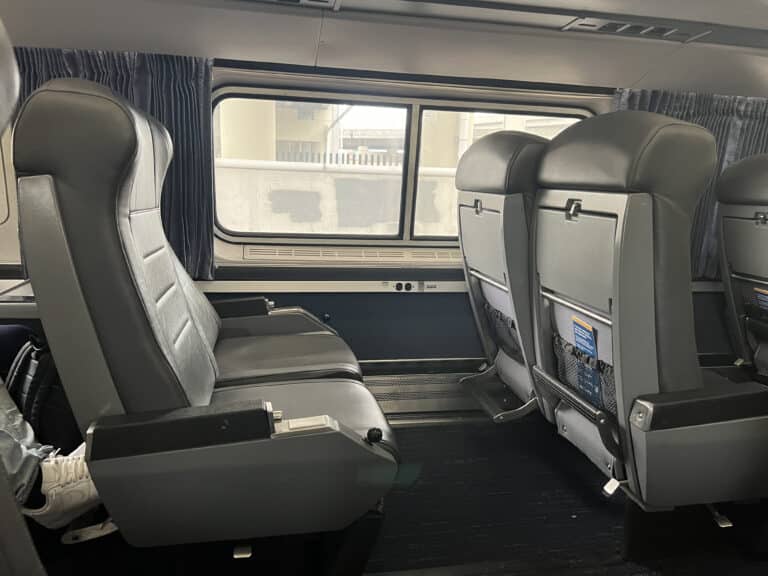
Cheaper to keep trains moving
Passenger demand can vary significantly along different segments of a route. For instance, I’ve been on trains that started crowded, became nearly empty in the middle of the journey, and filled up again closer to the final destination.
This ebb and flow of passengers makes running trains only in high-demand sections impractical. This move is also why a passenger between select city pairs may receive a “sold out” message while someone boarding a few stops later does not. The design of ticketing systems takes into account the overall capacity along the route, not just individual segments.
Instead, keeping trains running through less populated areas is often more efficient and cost-effective. Breaking a route into shorter segments would require more equipment, staff, and coordination, increasing Amtrak’s costs and inconveniencing passengers. A continuous route ensures a smoother experience for travelers, saving time and money.
Additionally, Amtrak’s operating costs don’t decrease significantly because fewer passengers are onboard. The train still requires the same crew, maintenance, and fuel or electricity, whether full or nearly empty.
Keep Travels with Kev on Track!
🚂 Hop On Board—It’s Free!
Join my free newsletter and get your hands on the Quick Reference Guide to Amtrak Long-Distance Trains—your go-to resource for train equipment details, dining options, and more.
You’ll also receive insider travel tips, Amtrak updates, and exclusive content—delivered straight to your inbox.
💌 Help Keep Travels with Kev on Track!
If you’ve found my tips helpful, consider supporting my work on Patreon. For just $ 5 per month, you’ll receive a limited-edition postcard featuring photos from my travels. Or, check out my Support Page for other ways to contribute—whether through a wish list item or a one-time donation, every bit helps keep the journey rolling.
🎉 Special Offer:
Now through June 30, get 48% off your first month on Patreon with code 605BD!
🌐 Stay Connected:
You’ll find links to all my social media below—follow along so you never miss a tip, update, or train tale.
👉 Don’t miss the ride—join the adventure today!
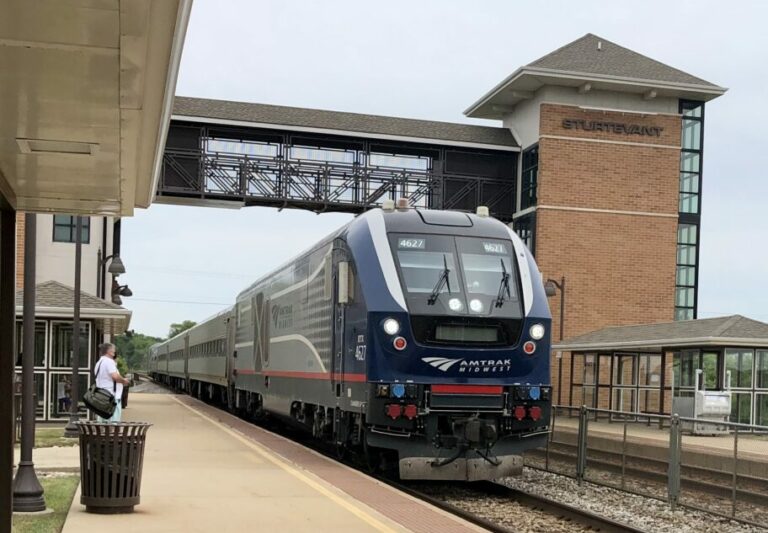
Wrapping up
At first glance, operating lightly used or “empty” trains may appear wasteful. Some non-rail enthusiasts may use this as a talking point to advocate for reduced service. However, these light trains are critical for reliable and efficient rail service. By strategically positioning equipment and maintaining continuous routes, Amtrak and other passenger railroads can meet peak demand, reduce costs, and offer passengers a seamless travel experience.
So, the next time you spot a nearly empty train, remember that it’s part of a bigger plan to keep Amtrak and other passenger rail networks running smoothly. Whether packed with passengers or seemingly empty, every train serves a purpose within the larger system.
Love Train Travel?
🚆 Love Train Travel? Stay Connected in Two Easy Ways!
📱 Follow Me on Social Media – Get real-time updates, travel tips, and stories from the rails.
✉️ Join My Free Newsletter – Be the first to know about Amtrak news, insider tips, and exciting travel opportunities.
When you sign up for the newsletter, you’ll also receive a free Quick Reference Guide to Amtrak Long-Distance Trains—packed with details on train equipment, dining options, and more.
➡️ Sign up today and start planning smarter, smoother train adventures!
❤️ Want to support my work? Every bit of help keeps Travels with Kev rolling—check out my Support Page or join me on Patreon!

